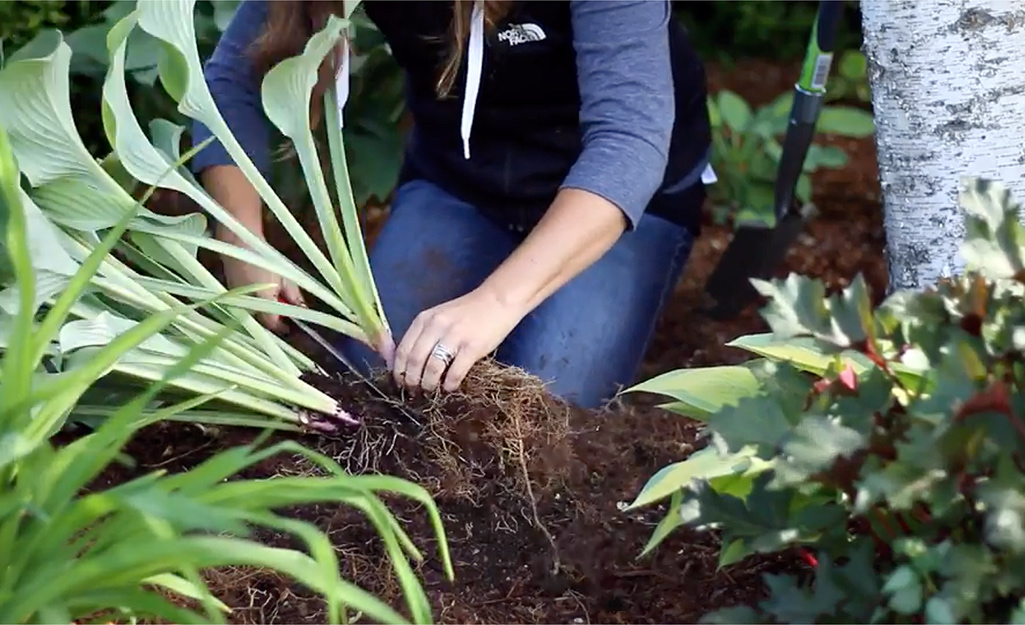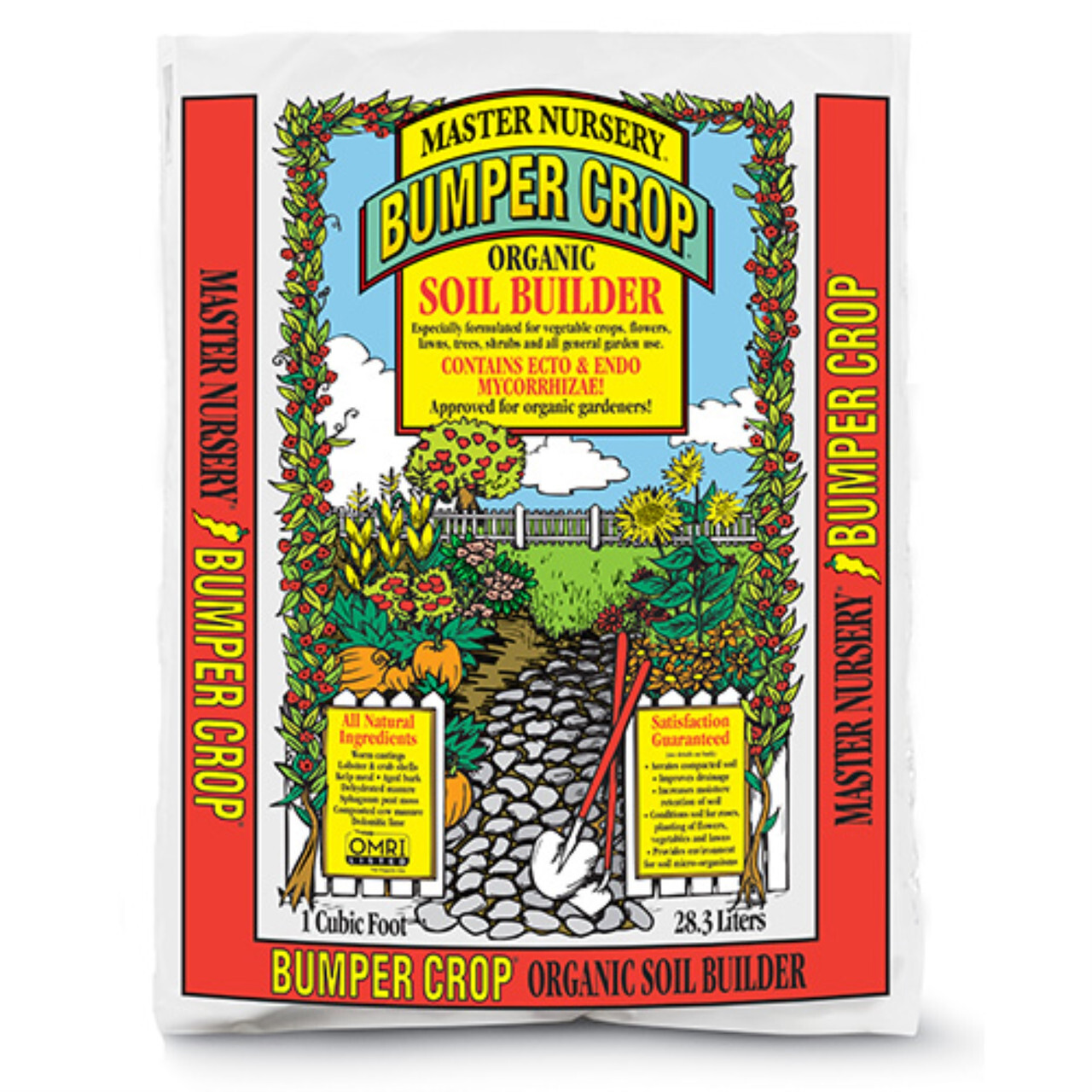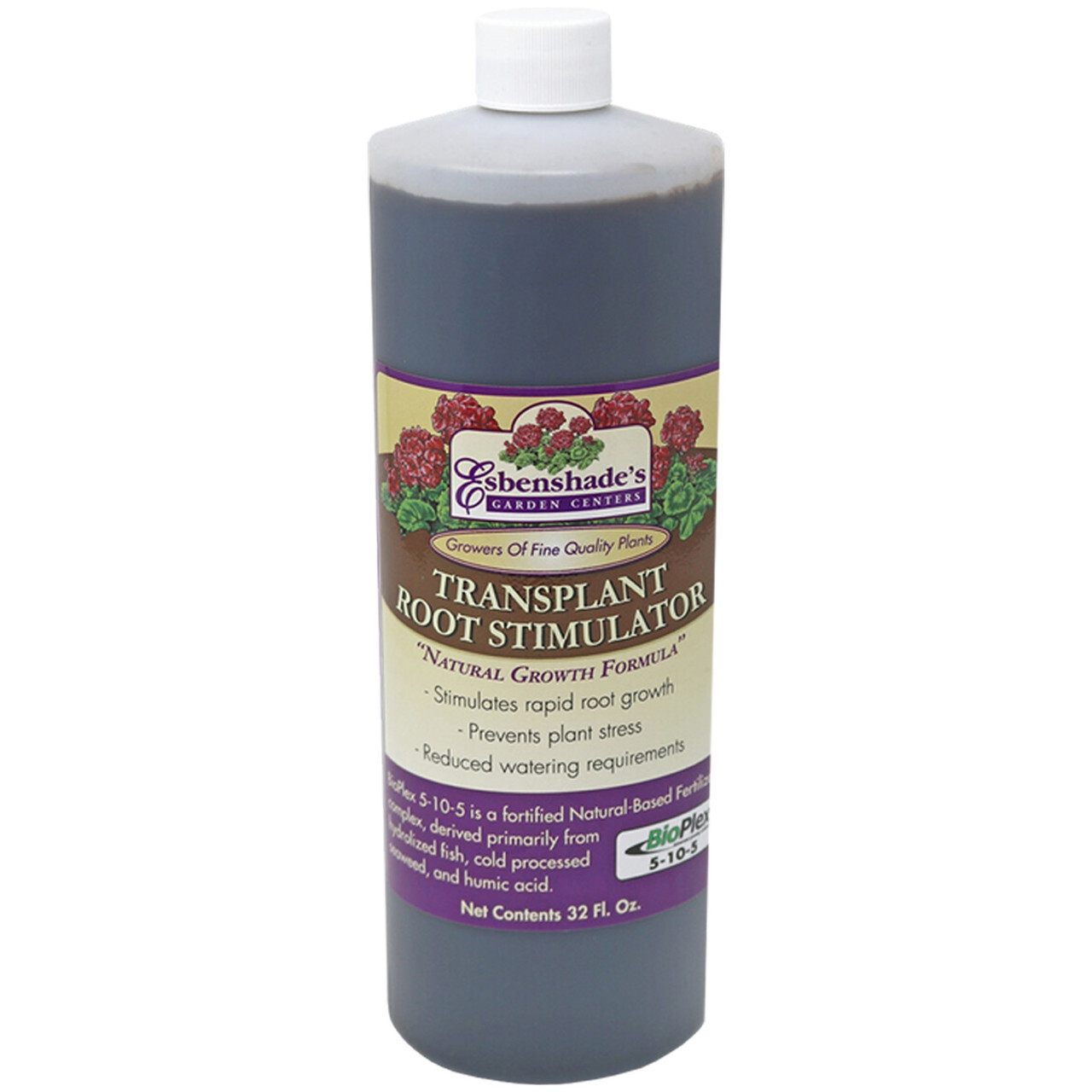Dividing Perennials

When & Why to Divide Perennials
Perennials thrive when they have space to grow, producing healthier foliage and more abundant blooms. Over time, you may notice fewer flowers, weaker growth, or a bare center surrounded by a ring of foliage. This is a sign that your plants have become overcrowded and need to be divided.
Dividing perennials helps rejuvenate them, encouraging better blooms and overall plant health. The best times to divide are in early spring, when new growth is still low, or in early fall, when cooler nights help plants recover more easily. By giving your perennials more room to flourish, you’ll keep your garden looking vibrant year after year.
How to Begin the Process
Start by digging a trench around the plant's drip line, then cut at an angle down and under the clump from different points around the outer edge. Use a sharp knife or spade to divide the plant in half, removing and discarding any dead center portions. For large, heavy plants, slice straight through the center as if cutting a pie.
Once divided, keep the sections cool and moist in a bucket or box with damp newspaper draped over them to prevent drying out. Before replanting, enrich the soil with compost or Bumper Crop to maintain fertility. Replant divisions at the same depth as before, firm the soil, and water thoroughly with Esbenshade’s Root Stimulator to reduce transplant stress and encourage root growth.
Rhizome Division
Rhizomes are stems that grow horizontally at or above the soil level. Bearded Irises are a common perennial with this type of root system. Divide irises between a month after flowering and early fall. Remove and discard old rhizome sections from the center of the clump, keeping only healthy portions. Check for disease or insect damage, trimming or discarding affected areas. Each divided rhizome should have a few inches of root and two trimmed leaf fans. Replant with the top of the rhizome slightly exposed—irises won’t bloom properly if buried too deeply.
Perennials That Should NOT be Divided
Some plants do not tolerate division well and should be left undisturbed, including:
- Butterfly Weed (Asclepias)
- Euphorbias
- Oriental Poppies
- Baby’s Breath (Gypsophila)
- Gas Plant (Dictamnus Albus)
- Japanese Anemones
- False Indigo (Baptisia)
- Columbines (Aquilegia)
Hellebores (Lenten and Christmas Roses) are difficult to move once mature, but young seedlings near the base can be easily transplanted. Additionally, plants like Santolina chamaecyparrus (Lavender Contton), Iberis sempervirens (Candytuft), and certain Artemisia species are actually small woody shrubs. Instead of division, propagate them by cutting and replanting rooted layers.
Helpful Products
These two products are extremely helpful to have around, especially when dividing plants.

Revitalize your soil with Coast of Maine Organic Bumper Crop Soil Builder. This nutrient-rich soil conditioner improves poor soil, enhances drainage, and promotes healthier root growth—perfect for dividing and transplanting perennials.
Key Benefits:
- Loosens compacted soil and boosts moisture retention.
- Enriched with composted manure, worm castings, shellfish compost, and kelp for essential nutrients.
- Organic & OMRI-listed, ensuring a natural, eco-friendly garden solution.
- Inoculated with ECTO and ENDO Mycorrhizae to enhance root function and plant vitality.
Upgrade your garden’s soil health and use it for amending planting holes, top-dressing beds, and aerating soil to create the perfect growing environment.

Give your perennial divisions the best start possible with Esbenshade’s 5-10-5 Transplant Root Stimulator. This natural formula ensures strong, healthy root development, helps reduce transplant shock, promotes rapid root growth, and strengthens overall plant vitality. Enriched with hydrolyzed fish, cold-processed seaweed, and humic acid, it nourishes plants while enhancing soil health.
Key Benefits:
- Encourages quick root establishment for healthier, more resilient plants.
- Reduces transplant stress and minimizes watering needs.
- Provides essential nutrients (5% nitrogen, 10% phosphorus, 5% potassium) to support growth and disease resistance.
Perfect for perennials, vegetables, shrubs, and flowers, this root stimulator ensures your plants settle in and thrive.
shop Transplant Root Stimulator now
Dividing perennials is an easy way to keep your plants healthy and thriving. With the right technique and soil care, your garden will continue to flourish season after season!
